I often get asked where I got the ideas for The Greatcoats–the swordfighting travelling judges at the heart of Traitor’s Blade and Knight’s Shadow. Here’s where a few of the ideas came from.
Itinerant Judges
During the twelfth and thirteenth centuries, England saw the rise of itinerant judges – travelling magistrates who would go through counties and shires hearing cases and enforcing the King’s laws. I imagined what might happen to one of these judges when they arrived in some small town where the facts of a case might be hard to uncover and where wealthy and powerful individuals could muster as many soldiers as they needed to avoid justice. Would anyone really be foolish enough to try and enforce the King’s law in a highly corrupted county hundreds of miles away from any royal support? As it turns out, Falcio, Kest, and Brasti are exactly that foolish.
Heroic Fantasy / Dark Fantasy
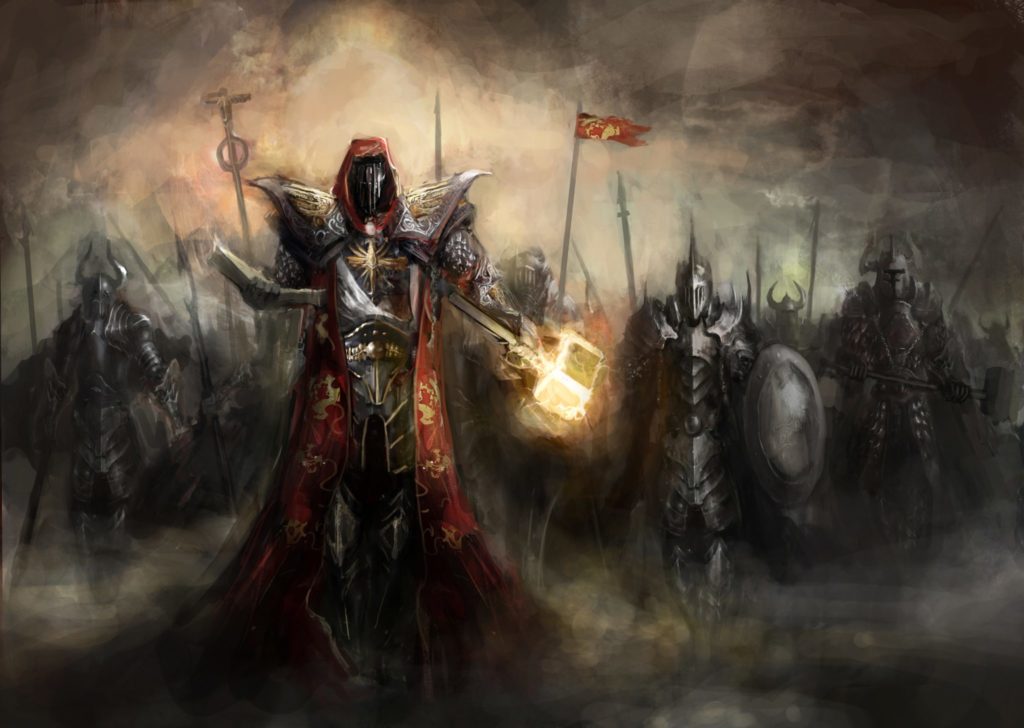
I loved heroic fantasy growing up – reading about flawed yet noble human beings struggling to do the right things for the right reasons. These days more of what I read leans towards dark fantasy, where heroes are products oft heir world – meaner, tougher, and full of moral ambiguity. With Traitor’s Blade, I set out to explore what would happen to the types of heroic characters I admired as a kid if they lived in a darker, more cynical world. Would the character change and become corrupted by their environment until for them, as for most dark fantasy heroes, the end justified the means? Or would the world around them be forced to change through their influence. In book 1 of the Greatcoats series, Falcio has seen his king deposed as a tyrant and the ideals he fought for rejected by nobles and commoners alike. Even Falcio’s closest friends, Kest and Brasti, begin to question whether it’s time to set aside their beliefs for the greater good. At the darkest point of his life, Falcio is forced to choose between abandoning his principles or seeing the country fall into tyranny.
American politics
Well, this will sound a bit strange, but American politics figures prominently in the cultural backdrop of Traitor’s Blade. In North America it’s now commonplace for political operatives to take the most noble and remarkable sacrifices of their enemies and twist them into evidence of inner corruption and moral perversion. Part of this can be blamed on the political machinery of the modern era, but much of it falls on an electorate that has become so cynical that every virtue is seen as evidence of a deeper vice.
Although the Greatcoats series takes place in a world that most closely parallels our own fifteenth century, I wanted to see how that kind of political intrigue and cynicism would impact my heroes. In Traitor’s Blade, the Greatcoats have spent a decade fighting to bring some small measure of justice to those living under the feckless rule of lords and dukes. But as soon as the nobles reassert their power by deposing the king, the populace turns against the Greatcoats, calling them Trattari, or ‘tattered cloaks’, a name used for traitors.
The Coats
The idea for the coats themselves came from an actual greatcoat that my brother bought me one year. When I was working as an actor I found I’d always bring this coat because no matter how cold it got or how long I had to wait before filming a scene, I could pretty much carry everything I needed in it and stay warm and ready to go. Alas, mine doesn’t have secret bone plates to protect from being hit by swords nor does it have the various tricks, traps, and potions that the characters in Traitor’s Blade rely on.
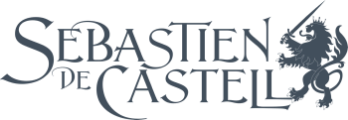
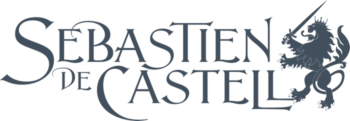

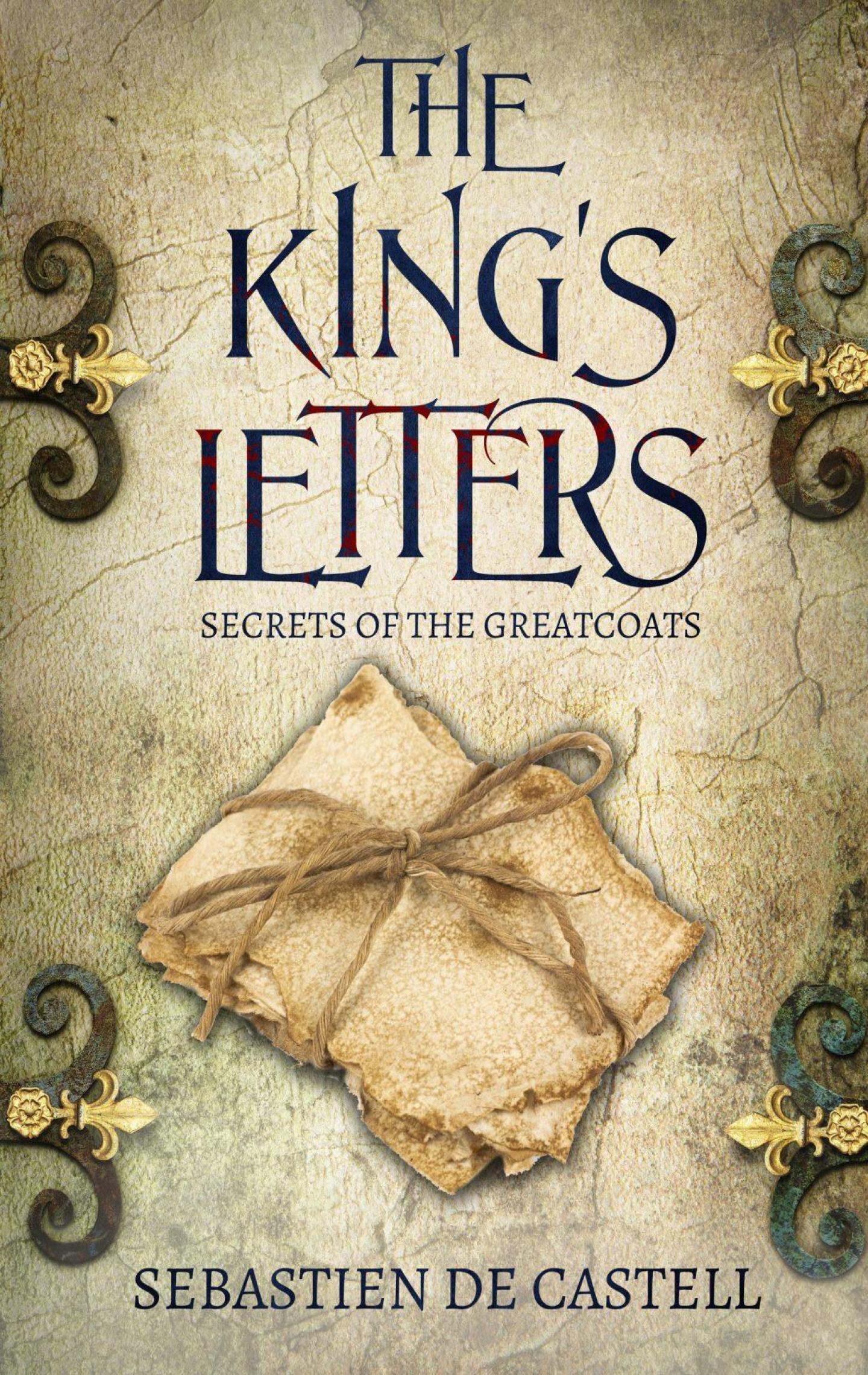
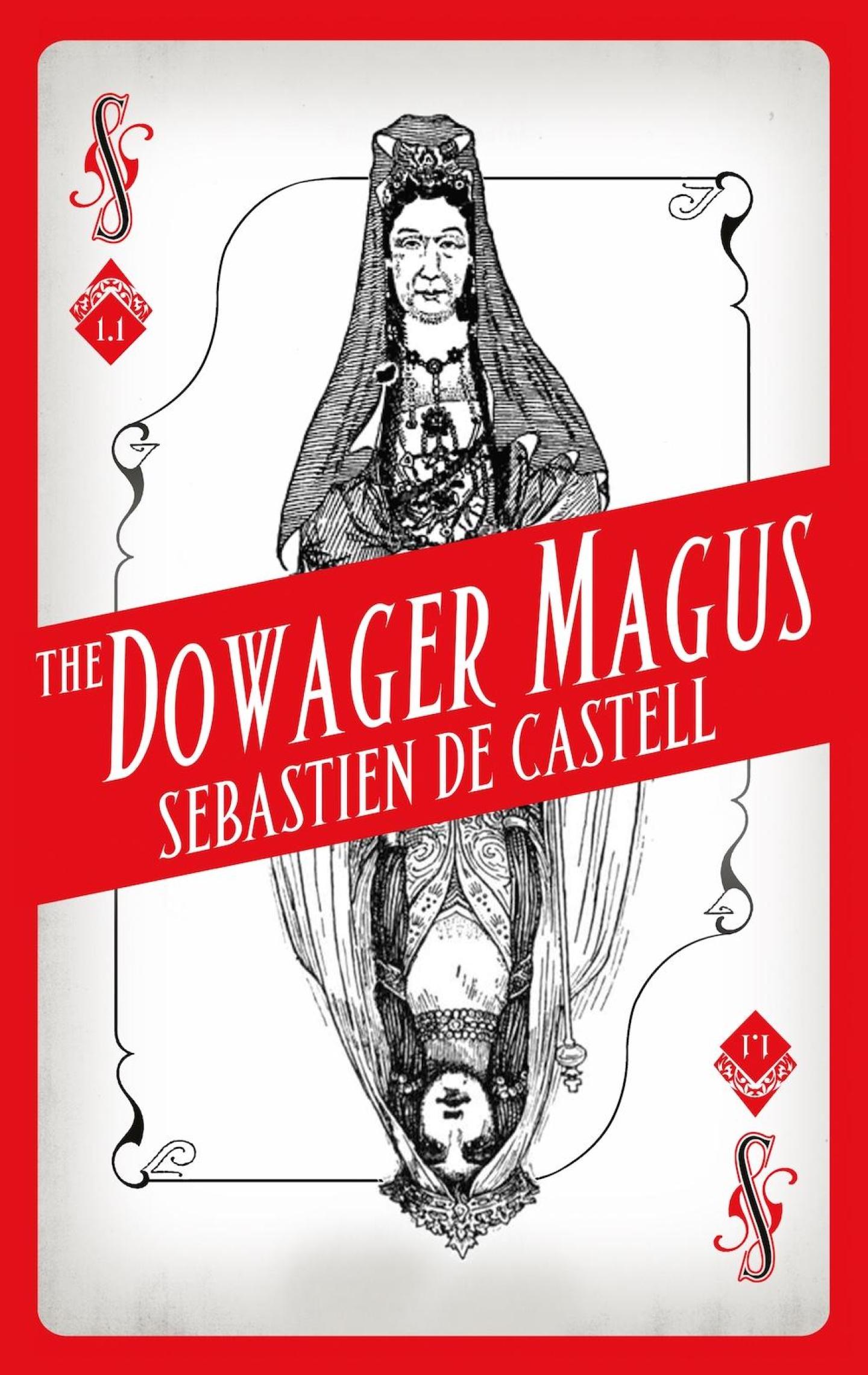
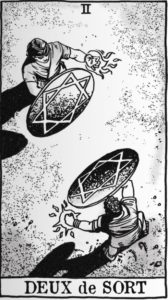 Les vieux maîtres de sort aiment raconter que la magie a un goût. Les sorts de braise ressemblent à une épice qui vous brûle le bout de la langue. La magie du souf e est subtile, presque rafraîchissante, un peu comme si vous teniez une feuille de menthe entre vos lèvres. Le sable, la soie, le sang, le fer… cha- cune de ces magies a son parfum. Un véritable adepte, autre- ment dit un mage capable de jeter un sort même à l’extérieur d’une oasis, les connaît tous.
Les vieux maîtres de sort aiment raconter que la magie a un goût. Les sorts de braise ressemblent à une épice qui vous brûle le bout de la langue. La magie du souf e est subtile, presque rafraîchissante, un peu comme si vous teniez une feuille de menthe entre vos lèvres. Le sable, la soie, le sang, le fer… cha- cune de ces magies a son parfum. Un véritable adepte, autre- ment dit un mage capable de jeter un sort même à l’extérieur d’une oasis, les connaît tous.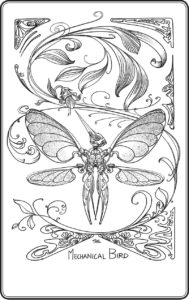 'I totally saw this coming,’ Reichis growled, leaping onto my shoulder as lightning scorched the sand barely ten feet from us. The squirrel cat’s claws pierced my sweat-soaked shirt and dug into my skin.
'I totally saw this coming,’ Reichis growled, leaping onto my shoulder as lightning scorched the sand barely ten feet from us. The squirrel cat’s claws pierced my sweat-soaked shirt and dug into my skin.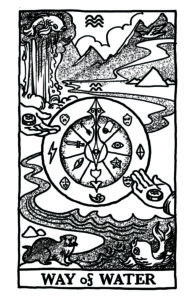 The way of the Argosi is the way of water. Water never seeks to block another’s path, nor does it permit impediments to its own. It moves freely, slipping past those who would capture it, taking nothing that belongs to others. To forget this is to stray from the path, for despite the rumours one sometimes hears, an Argosi never, ever steals.
The way of the Argosi is the way of water. Water never seeks to block another’s path, nor does it permit impediments to its own. It moves freely, slipping past those who would capture it, taking nothing that belongs to others. To forget this is to stray from the path, for despite the rumours one sometimes hears, an Argosi never, ever steals.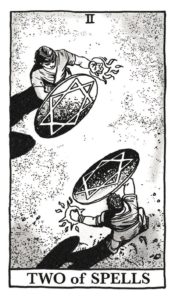
My new favorite everything; Author, book, series, reader, characters, literary voice, ethical and moral subtext, conflicted hero, witty banter, political constructs, …
And ” …” , of course, means “everything “.
D. J. Kennard – go ahead, look me up- you’ll only be disappointed.
Thanks so much for the kind words! Or, as Brasti would say, “Well, of course it’s nice to have one’s greatness recognized.”